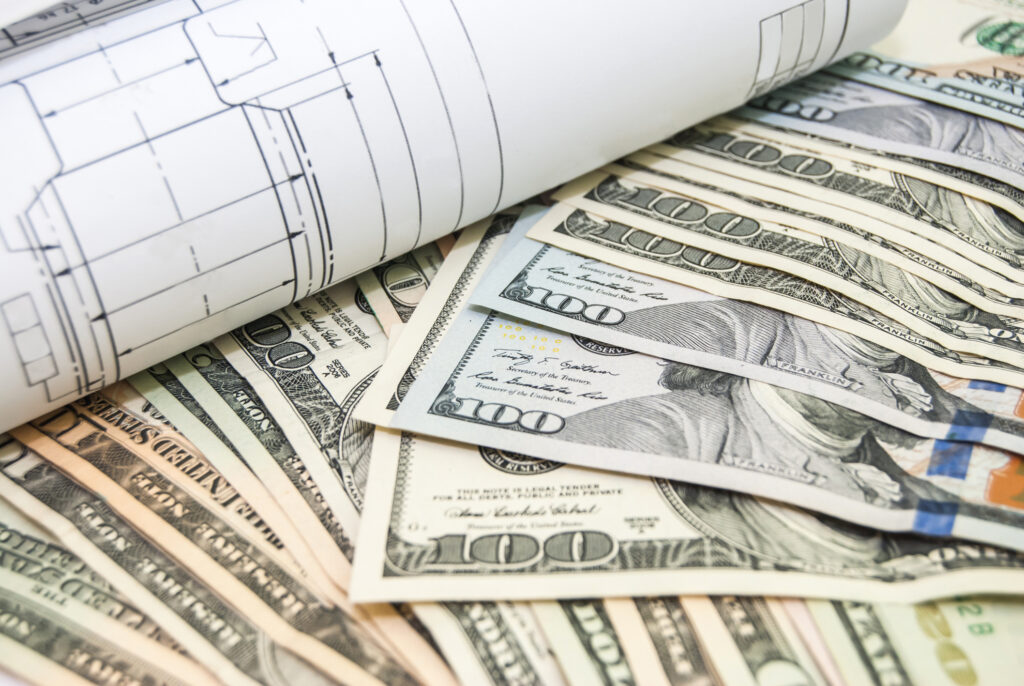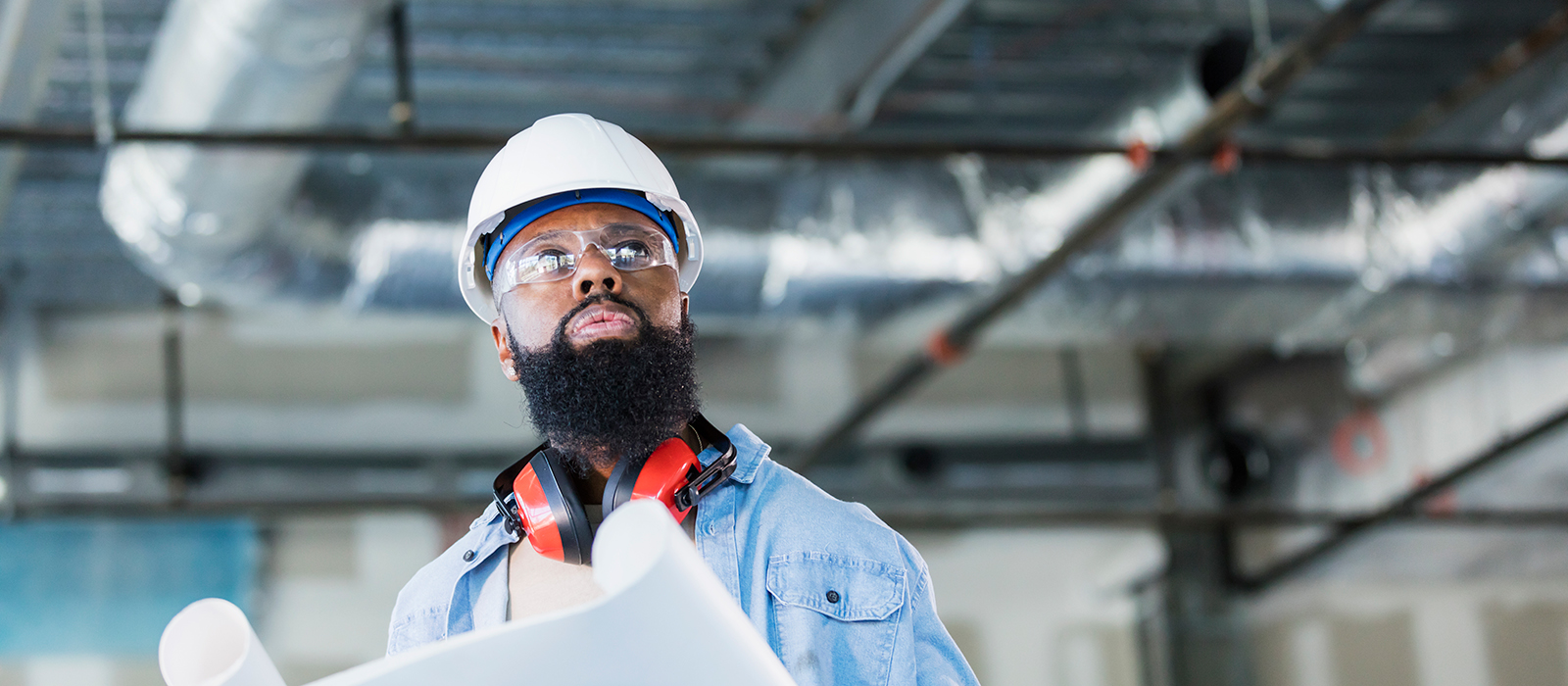The Hidden Value of a Design Review: Saving Time, Money, and Headaches Down the Road

Key Highlights
- Critiquing Design Intent, Schedule, Budget. Early third-party design reviews help catch conflicts and oversights before construction, preventing costly change orders, delays, and budget overruns caused by unclear or shifting design intent. They also identify inefficiencies, like oversized systems or inadequate cooling, to improve performance, and lower future maintenance and energy costs.
- Confirming Feasibility, Coordination, and Schedule. Engaging an independent reviewer during the design phase provides a fresh, unbiased perspective that can improve system coordination, ensure feasibility, and enhance overall project outcome.
- Investing Upfront to Avoid Downstream Cost Overruns. Rework often requires substantial additional expense outlays. It doesn’t need to be that way. Including a design review in the project budget is good insurance against potentially avoidable and expensive delays and cost overruns.
Design reviews should play a crucial role in every project. This is when teams make sure that the project’s intent is clear and achievable. But as the project moves from design to detailed engineering and architectural drawings, its original intent can begin to drift. Details get adjusted, assumptions change, and sometimes key recommendations never make it onto the final plans. The result? The structure that gets built may no longer fully reflect the one that was envisioned. This disconnect may not be just a matter of aesthetics or minor adjustments. It can have real consequences. When design intent is lost or misinterpreted, it often leads to rework, change orders, schedule delays, and other unexpected costs. Studies show that rework can consume anywhere between four to 20 percent of a project’s budget, and sometimes more, depending on project complexity.
A third-party design review examines the architectural, mechanical, plumbing, and electrical design; the feasibility of the design; applicability of its systems; loading issues; energy performance; and maintainability, among other items. It provides an objective assessment of the design before major commitments and expenditures are made. This gives owners an added layer of protection against last-minute rework by identifying and preventing critical errors in design and project understanding.
The Risks of Overlooking a Design Review
Not all building owners pursue design reviews. Many times, commissioning services are purchased during the construction phase, beyond the point when a review could have its biggest impact. In other cases, a developer may decide that third-party review of a “seemingly simple” commercial office space or educational building is not worth the cost.
Of course, even today’s “simple” office buildings are made up of many thousands of integrated pieces. Typically, small renovation projects may not incorporate design review, but that can lead to costly ramifications as well. EH&E works on numerous Class 2-type projects with construction costs of $1 million to $5 million. For instance, in one particular project at a research university, EH&E’s design review found that the exhaust ductwork was sized incorrectly. A field installation revealed a pressure drop greater than the allowable maximum. This mistake meant that the entire exhaust system had to be reinstalled which caused further delays and sizeable cost overruns.
If the design review is omitted, a process can be put in place to account for certain issues; however, such alternatives become reactive during construction. Examples include comparing construction drawings to digitized drawings or issuing a contractor request for information (RFI) after construction is already underway, both of which add time and cost to the project.
Catching problems before they happen saves the building owner time and money in the long run. For example, EH&E was contracted to perform a design review of the John A. Volpe National Transportation Systems Center, a U.S. Department of Transportation (DOT) facility located in Cambridge’s Kendall Square. The project’s design specifications stipulated opposed blade dampers for both outdoor air and return air in the building’s air handling units. However, during the design review, EH&E recommended parallel blade dampers for one of the two to avoid flow restriction (and static pressure safety trips) while both are partially open.
In another EH&E client project, Boston’s Childrens Hospital was installing three chilled water loops for dehumidification that supplied temperatures at 44 degrees, 38 degrees, and 32 degrees. During the design review, EH&E recommended installing just the 38-degree loop because it was sufficient to meet the dehumidification requirements – saving the hospital millions of dollars in unnecessary energy costs.
Where Design Reviews Add Value
Having a fresh set of eyes on project drawings can provide value across numerous areas, often leading to the following primary benefits:
- Reduced rework. Design reviews help projects stay on schedule and minimize the costs that come from project changes. For example, on one EH&E project an owner was about to occupy a building but discovered pipes crossing a mechanical room exit. The contractor, in the throes of completing the project, had neglected to secure an RFI, leaving the owner to handle this serious safety oversight. On another client project, EH&E’s mechanical, electrical, and plumbing (MEP) review flagged a water-tank curb that couldn’t handle overflow. Without this catch, a failure could have flooded the area. Fresh eyes spotted these oversights, preventing a potential disaster down the road.
- Lower operation costs. A design review can also identify areas that might prevent the building from performing as designed. In one EH&E client project, a small control room housing mechanical support equipment generated more heat than the design anticipated. The plans assumed the main air handler would cool the space even when unoccupied. EH&E’s review recommended adding exhaust or a dedicated cooling unit, avoiding much higher energy costs down the line. On another EH&E client project that had omitted the design review, the new building’s facility management team fielded 1,900 trouble calls during the first months of occupancy. System failures that might have been identified with an early design review led to significant occupant dissatisfaction and several hundred thousand dollars in maintenance and renovation costs for the building owner.
Maximizing Value from Design Review
To gain the full value of a design review, we recommend bringing in the third-party reviewer early, during the design phase, well before construction begins. Waiting until equipment is ordered or construction is underway is a missed opportunity that adds project risk, drives up costs, and causes schedule delays. Reviewers also benefit when included on the distribution list for all project drawings from the beginning. Limiting design review time can drastically reduce its potential benefits.
A thorough design review can uncover dozens of items, ranging from identifying potential conflicts, recommendations for improvements, and cost-savings opportunities. But a review only matters if the project team acts on the findings. It’s the responsibility of the building owner and design team to vet the recommendations and incorporate them into the final design where appropriate.
Keep Your Next Project on Track
It’s natural for designers and contractors to overlook details in drawings they’ve reviewed countless times. As deadlines approach and the pace of work intensifies, unresolved issues can be easily missed. An early design review catches these problems before equipment is purchased or installed, keeping the project on schedule and saving the owner time, headaches, and money. Every issue identified early is a lasting win for the project, its owner, and its future occupants.
Interested in discussing an independent design review specifically for your project? Contact us today!
Subscribe
to our blog
"*" indicates required fields




